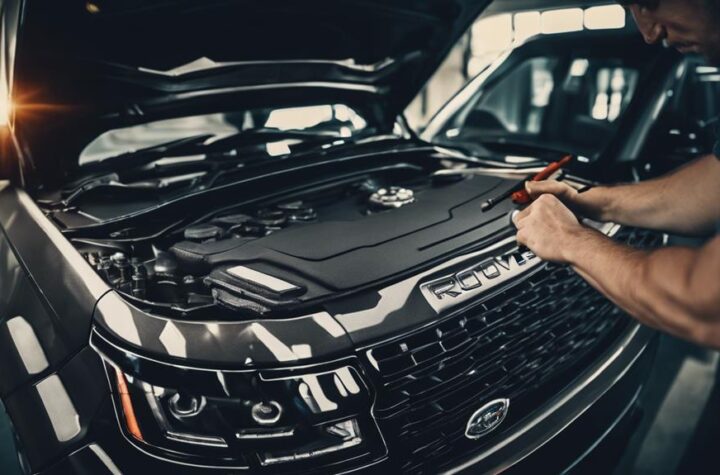Due to the increase in worldwide gasoline prices, as well as ongoing public and governmental pressure for a more environmentally friendly and fuel efficient means of transportation, automotive manufacturers are developing product lines that incorporate true alternatives to fossil fuel driven vehicles.
Perhaps the most promising near-term alternative to fuel-cell vehicles is hybrid electric vehicle (HEV) technology. HEV technology combines the best characteristics of fuel-driven engines, electric motor drives, and energy storage components. While progress has been made in HEV control, engine and motor design, they have not been successful with regard to the electric power storage systems. This insufficiency is due primarily to the fact that batteries are used to provide peak power in HEVs. The deficiencies of battery storage systems are multiple and they create many design challenges for automotive engineers.
Batteries have difficulty functioning in cold weather and have a very limited lifetime under extreme conditions, which results in repeated replacement throughout the life of the vehicle. They are not designed to satisfy the most important requirements of hybrid electric vehicles power source—to provide bursts of power in the seconds range for events such as acceleration, braking and cold starting.
Ultracapacitors however, also known as double-layer capacitors or supercapacitors, offer a long cycle life, extreme temperature survivability, and a power rich design necessary for peak load performance. They are available in different form factors as single cells and modules rated at higher voltages to fulfill the requirements in applications where high power bursts and high charge/discharge efficiency are required.
In automotive applications, ultracapacitors work alongside the car battery and are ideal wherever high bursts of power are needed. The traditional combustion engine functions as the primary power source, handing continuous load requirements such as cruising and basic electric needs, while the ultracapacitors function as the secondary power source, and are sized for short duration load leveling.
Ultracapacitors are an optimum storage medium for absorbing and releasing large amounts of energy within the seconds range. These inherent properties make ultracapacitors an ideal solution for automotive applications, where they can save energy from braking and release it for acceleration, thus producing between 7 and 15% increased fuel efficiency while reducing pollution by an even greater percentage.
While, ultracapacitors cannot replace the car battery, they do extend its application range significantly. The short, high current requirement of engine starting, especially in cold weather, is an excellent application for a battery-and-ultracapacitor combination. Although a cold battery cannot provide a starting current strong enough to bring a vehicle to life, it does retain enough power to trickle-charge the ultracapacitor—and the ultracapacitor can provide enough power for the starting current.
Numerous automotive firms, such as BMW, VW, Honda, Nissan, and Toyota, have announced programs for using ultracapacitors in vehicle powertrains, recognizing the advantages and availability of the ultracapacitor to meet their business and technical requirements. Ultracapacitors are available, cost effective, and perform well in automotive systems, and today are considered a peer to other options for production energy storage system requirements.
Source: Maxwell Technologies, Inc.














































 DuPont bio-based science and BP fuels technology expertise will bring next generation biofuels to ma
DuPont bio-based science and BP fuels technology expertise will bring next generation biofuels to ma


